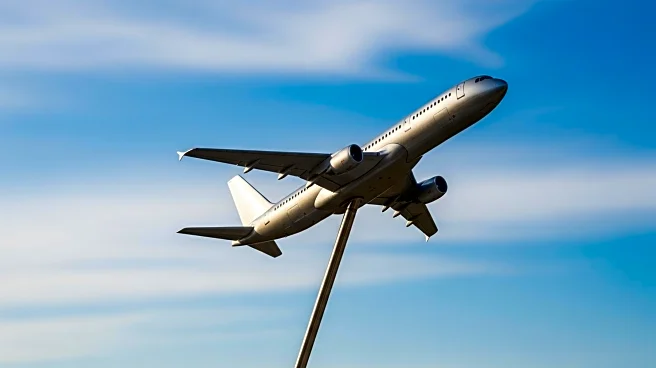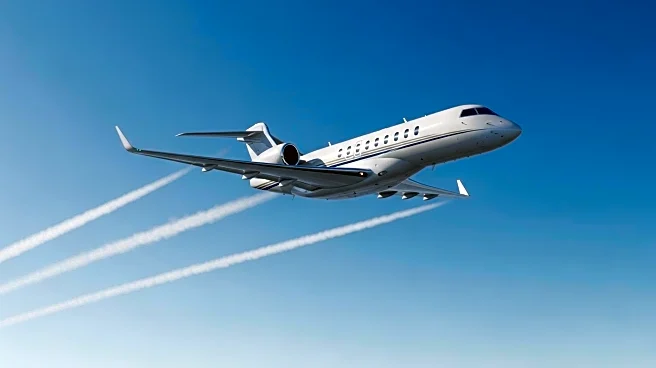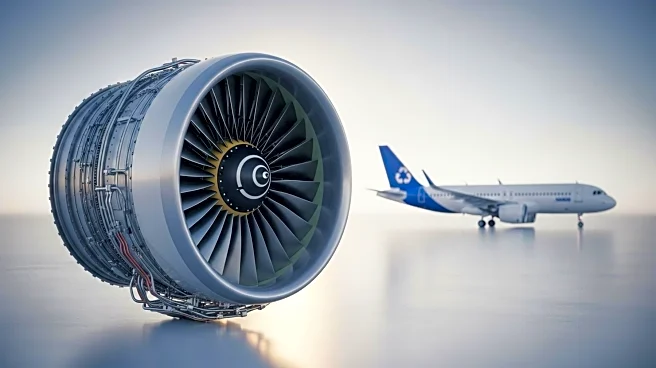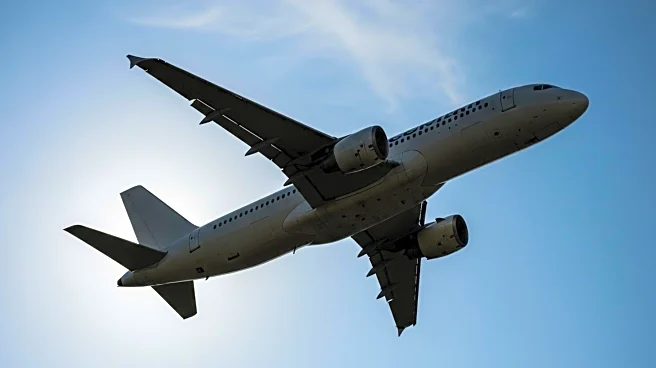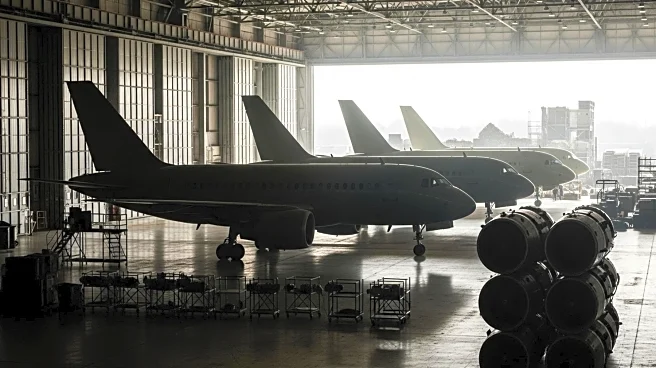What is the story about?
What's Happening?
The Aviation Week Network has released a forecast projecting that over the next decade, manufacturers will deliver more than 11,729 business jets and turboprops worldwide. This includes over 9,000 new business jets, averaging 900 deliveries per year, which will account for 77% of all business jet deliveries. The forecast also anticipates 2,650 turboprop deliveries, making up 23% of the total. The projected value of these deliveries is approximately $289.9 billion. The report highlights a robust demand for business aviation, with manufacturers experiencing extended order backlogs and maintaining control over pricing. However, challenges such as maintenance, repair, and overhaul costs, along with supply chain and labor force issues, are causing delays in the market.
Why It's Important?
This forecast is significant for the business aviation sector as it indicates a strong recovery and growth trajectory following the disruptions caused by the pandemic. The projected increase in deliveries suggests a sustained demand for business jets, which could benefit manufacturers like Textron Aviation and Gulfstream. However, the industry faces challenges, including supply chain constraints and labor shortages, which could impact production rates and delivery timelines. The forecast also underscores the importance of North America as the dominant market, expected to receive 69% of all deliveries, highlighting regional market dynamics and potential investment opportunities.
What's Next?
As the industry moves forward, manufacturers will need to address supply chain and labor issues to meet the projected demand. The introduction of new aircraft models and the expansion of the pre-owned aircraft market could provide additional growth opportunities. Stakeholders will likely focus on enhancing production capabilities and exploring new markets to capitalize on the forecasted demand. Additionally, the industry may see increased investment in maintenance and repair facilities to support the growing fleet.
Beyond the Headlines
The forecast suggests a potential shift in market dynamics, with small jets expected to dominate the business jet market, comprising 31% of deliveries. This could influence manufacturers' strategic decisions regarding product development and marketing. The anticipated retirements of older aircraft models, such as the Cessna Citation and Bombardier Learjet, may also impact the secondary market and drive demand for newer, more efficient models.
AI Generated Content
Do you find this article useful?


